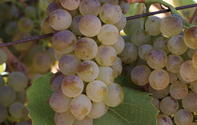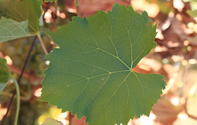Description
Colombar is a white wine variety better known for the production of distilled wines, such as brandy and cognac. It is one of the most planted varieties in South Africa and was developed from a crossing of Chenin blanc with Heunisch Weiss (also known as Gouias blanc).Origins
Bordeaux in France. The variety, around the 1970s, lost favour in France, resulting in more than half the plantings being uprooted.Other Names
Bon-blanc, Colombard, Colombier (France), French Colombard (California).Production in South Africa
It has been planted in South Africa since the 1920s and was primarily used as a base wine for brandy production until the 1970s, when Cape Wine makers discovered it could produce extremely pleasant drinking wines.Production Regions
The variety does best under warm climatic conditions. It is planted in all the wine producing regions of South Africa, with the Olifants River, Northern Cape, Robertson and Breedekloof accounting for the largest areas under production.Growth and Ripening
It is a vigorous grower, with an average yield potential of 15 t/ha to 20 t/ha. Higher yields are achieved in some regions. Grapes ripen late midseason, from the first half of March.
Berries and Leaves
The berries are round to short oval, medium-sized and yellowish green, with a purple tinge when fully mature. The skin is thin and tough, while the flesh is firm and juicy, with high acid levels when ripe. Leaves are dark green, medium-sized and round to almost kidney-shaped.

